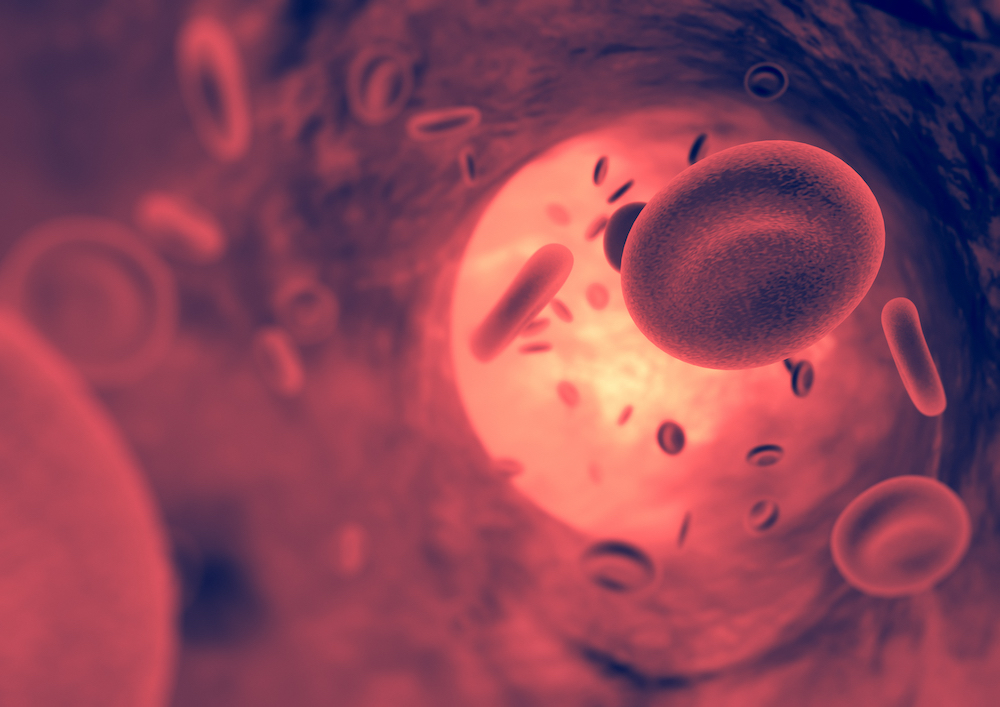A new study led by Prof Paul Matthews (UK DRI at Imperial) has identified a genetic link between damage to the main blood vessels of the heart, and brain small vessel disease, a common cause of vascular dementia. The study is published in Nature Communications.
Previous research has shown that people with cardiovascular disease, or who are at higher risk of cardiovascular disease, also have a higher risk of developing dementia, but the reasons for this association are not yet understood. In brain small vessel disease, the smallest blood vessels in the brain become damaged and unable to maintain neurons in a healthy state.
In this study, researchers at the UK DRI at Imperial, in collaboration with CURE-ND partner, the German Center for Neurodegenerative Diseases (DZNE), explored for the first time the relationship between genes associated with cardiovascular disease, and those associated with brain small vessel disease.
They used cardiac MRI images from over 32,000 people who participated in the UK Biobank imaging study, to identify six measurements or ‘traits’ related to the health of the aorta, the main artery that pumps blood away from the heart. These included measures of distensibility (stiffness of the blood vessel), as well as dimensional measurements, which are known predictors of risk of aortic disease.
Study leader Prof Paul Matthews, Centre Director at the UK DRI at Imperial, explained:
“One function of the aorta is to protect the blood vessels in the brain from high pulse pressures as blood is pumped away from the heart. Over time as a person ages, their blood vessels can become stiffer and less able to buffer the pressure."


